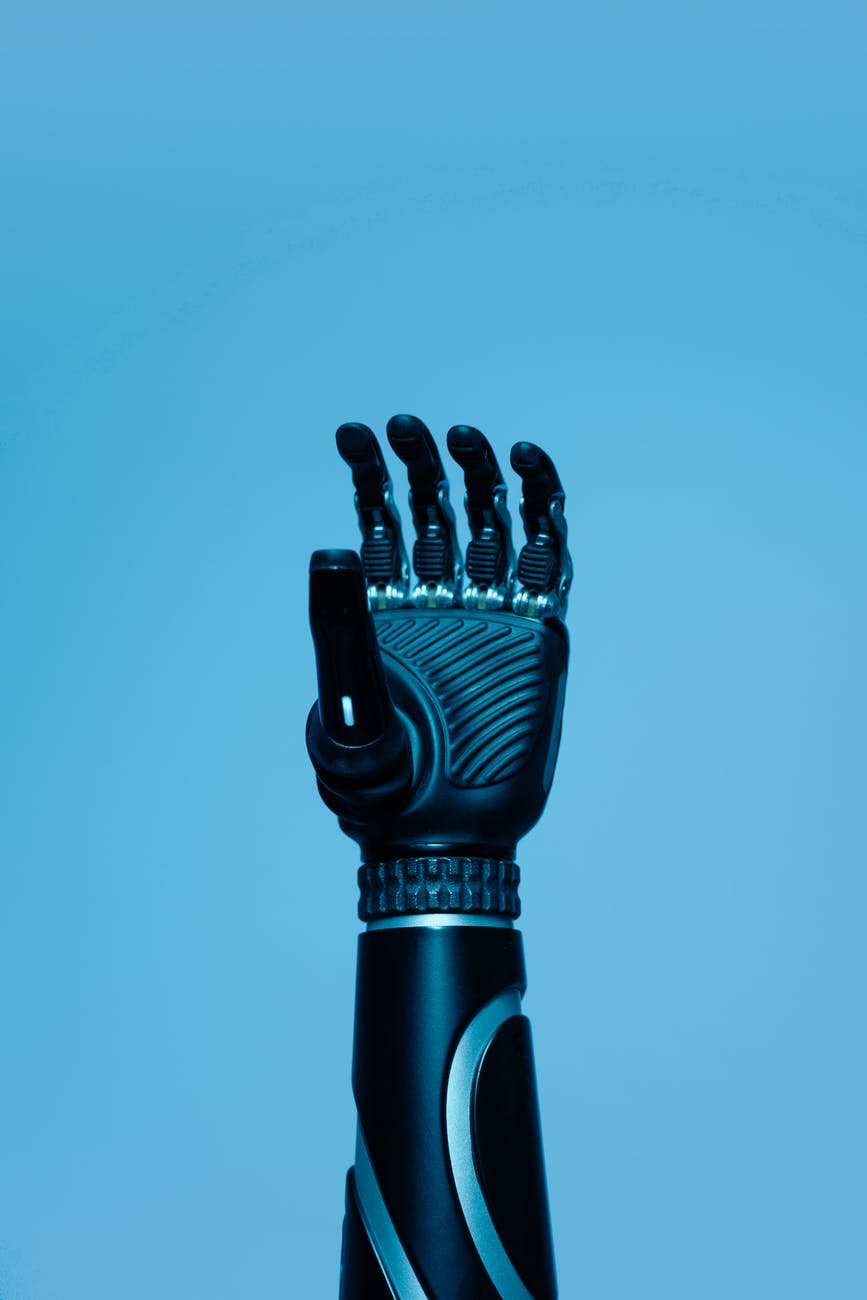The use of robotics in electronics manufacturing
The use of robotics as part of the manufacturing chain has increased in recent years, as more companies move towards automation of their services.
Robotics can limit the amount of human error possible in a production process, and can operate in confined spaces, and can even test equipment to check functionality or identify issues.
The dark side
Don’t worry, it’s not as evil as it sounds. The use of robotics is sometimes called the ‘lights out’ concept, because robots can work without requiring light. One company in Japan is pioneering this way of working.
The manufacturer uses a majority robot workforce, with almost no human intervention, to produce more manufacturing robots for their customer base, which includes Apple and Tesla.
Of course, not all manufacturers employ so many robots that they can just switch off the lights at their plants, but there are several places in the production line that robotics could speed up the manufacturing process, and many larger manufacturers have already implemented automation to a degree.
Robot wars
There are several different types of robots that are used in production, the most regular until recently being the Selective Compliance Assembly Robot Arm (SCARA). Other types include 6-Axis articulated arms, delta and cartesian robots.
Each robot has its own advantages and disadvantages, and as such depending on the task certain robots are a better choice than others.
SCARAs and 6-Axis robots are both robotic arms that are used for their high precision and speed. Although a 6-Axis is slightly slower, it has more flexibility and has a higher load capacity than the more traditional SCARA.
Delta robots have been used in the food and consumer goods sector for years, mainly for picking and packing purposes. They can function at a very high speed and have good repeatability, so they are a good choice for the assembly of electrical components.
Cartesian robots work on only three axes, but are smaller, simpler, and cheaper than other manufacturing robots. Cartesians may be a good fit for smaller businesses, who have limited production space and have to consider a more multipurpose or customisable robot.
Testing, testing
Robots are not only great for manufacturing, they can also help in the inspection of products. Robots that feature mounted cameras can check electronics to ensure they have been assembled correctly with no issues with the alignment or soldering. Automated optical inspections (AOI) and automated x-ray inspections can be performed with these robots. If an arm mounted with an infrared camera is used, it can check hotspots on a circuit board or other thermal issues with the circuitry.
There is a distinct possibility that the future holds even further automation, and with the current shortage in electronic components many manufacturers hope that this will go some way to helping production.
Lantek are specialists in hard-to-find and obsolete components. If you’re struggling for stock or want to check out what electronic components we can supply to you, contact us at sales@lantekcorp.com. Or use the rapid enquiry form on our website.

